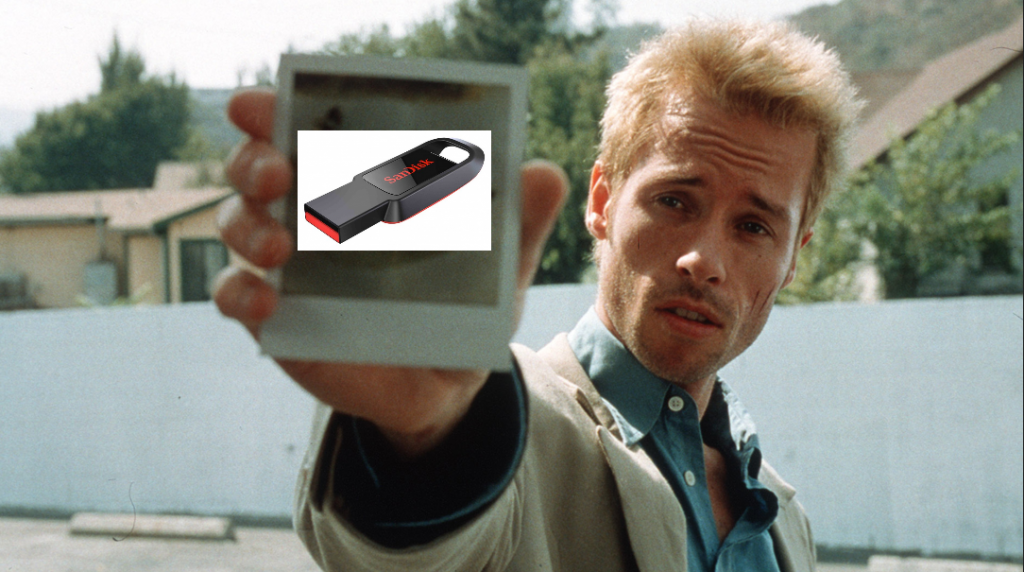A decade and a bit ago, I was sitting in a media studies class analysing Christopher Nolan’s movie Memento. The plot revolves around Leonard Shelby, an ex-insurance broker before a fateful incident leaves him with anterograde amnesia. He loses the ability to create new memories.
Throughout intercut scenes he tries to solve his wife’s murder, experiencing life in jumbled 15-minute increments, before his memory resets each time. The experience is a brilliant neo-noir journey with pacing that emulates Leonard’s condition.
A favourite quote of mine is when Leonard states “Memory can change the shape of a room; it can change the colour of a car. And memories can be distorted”. These elements pertain to a backup strategy as well. In a disaster, would you want your backup storage to be out of order, blank or distorted?

A long, long time ago you needed a forklift to move a single GB of data. Storage technology has advanced to the point where capacity is now cheap and abundant. Gone are the days of rotating storage tapes for backup, where a diligent individual took the tape offsite to keep it safe and sound. As storage media has evolved, so have best practice strategies for; where, when and how it can be kept. Unfortunately, some old hat methods continue to persist when they simply don’t have to.
A successful backup strategy has a few, key considerations where we want it to be intact, recoverable and in multiple places at once – such as having an onsite and offsite backup. StorageCraft’s ShadowProtect, ImageManager, ShadowXafe, OneXafe and OneXafe Solo tick all of these boxes as a best practice solution set. As a bonus, StorageCraft Cloud is an excellent offsite backup store, that can fully virtualise in the Cloud.
Pop self-quiz time. Ask yourself:
- As I read this now, is my latest backup bootable?
- If my infrastructure goes bang, can I recover quickly, with minimal downtime?
- If my backup store ran out of space, can I scale it rather than starting a new backup?
- Does my offsite backup strategy involve rotating USB flash drives (which ultimately fail)?
- Does my backup frequency suit the RPO for the backed-up device?
How did you do? If you answered “No” for any, (just like Leonard seeking answers) we can help give some peace of mind.
ShadowProtect’s sector-based, backup technology offers fast and reliable backups that can be restored to dissimilar hardware – for both physical and virtual machines (with zero network stun).
ImageManager looks after the backup chain consolidating into daily, weekly and rolling monthly backups as well as verifying and sending those backups offsite to either FTP, Amazon S3 or to the StorageCraft Cloud.
StorageCraft Cloud has the ability to fully virtualise restorations, with the ability to pre-stage a PFSense firewall for inbound and outbound traffic, RDP sessions and VPNs to get workers back online faster.
ShadowXafe utilises an industry leading next generation technology. It enables a SLA based DR strategy, with the capability of booting a VM in milliseconds.
The OneXafe appliance utilises next generation technology, and builds on it with immutable backup storage. It scales out intelligently – rather than needing investment in expensive forklift upgrades.
Finally, for smaller environments, the OneXafe Solo 300 is a plug and play appliance that can stream backups directly to the cloud with centralised cloud management.
Curious to find out more? Contact sales@sofsol.co.nz in the next 15 minutes – before you forget.
